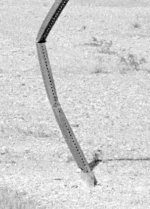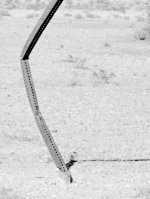brothernature
Established
Hello!
I'm trying to scan some slightly dense negatives with my Coolscan 8000. I have no trouble getting shadow detail out of these negs in the darkroom, but in the scans the darkest shadow areas are totally crushed. Here's what I've tried so far:
I've attached what the raw TIFF file looks like inverted in ColorPerfect and what the preview area shows in VueScan (which looks slightly better).
Anyone have any ideas? Feel like I've tried so many combinations that I'm going crazy.
I'm trying to scan some slightly dense negatives with my Coolscan 8000. I have no trouble getting shadow detail out of these negs in the darkroom, but in the scans the darkest shadow areas are totally crushed. Here's what I've tried so far:
- Setting the Curve low and high to the smallest values
- All the unexposed parts of the negative are cropped out during scan
- I've tried scanning as a slide
- Setting "Multi exposure"
- Increasing the number of samples (I tried 3)
- Setting lock exposure
- Scanning as 64bit RGBi
I've attached what the raw TIFF file looks like inverted in ColorPerfect and what the preview area shows in VueScan (which looks slightly better).
Anyone have any ideas? Feel like I've tried so many combinations that I'm going crazy.



